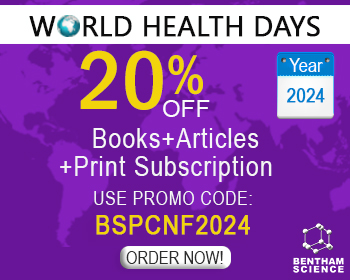Abstract
Based on the gene and pathway centric concept of cancer, current approaches to cancer drug treatment have been focused on key molecular targets specific and essential for cancer progression and drug resistance. This approach appears promising in many experimental models but unfortunately has not worked well in the vast majority of cancers in clinical settings. Many new proposals, based on the same rationale of identifying a “magic bullet” are emerging now that target the epigenetic level as well as some other new targets including metabolic regulation, genetic instability and tumor environments. In spite of the optimism resulting from these new approaches there is still a key challenge that remains regarding cancer drug therapy in the form of multiple levels of genetic and epigenetic heterogeneity. Using the recently formulated genome theory, the importance of bio-heterogeneity and its complex relationships between different levels has been discussed and in particular, the concept and methods used to monitor and target genome level heterogeneity. By briefly mentioning some newly introduced treatment options, this review further discusses the common challenges for the field as well as possible future directions of research.
Keywords: Drug resistance, genetic and epigenetic heterogeneity, genome theory, cancer evolutionary mechanism, genomic instability, non clonal chromosome aberrations (NCCAs), molecular targeting, Cancer progression, Radiation, Chemotherapy, Telsome, Mitosis, Ubiquitin proteasomes, Ion channels, Inflammation, Multi-drug resistance, Tumor stem cells, Cancer genomes, Spectral karyotyping, Nucleotide polymorphism, Mutations, Copy number variations, Variable splicing forms, Microenvironment, Tissue architectural constraints, Hormone levels, Chromosomes, Prokaryote, Bacteria, Eukaryotic cells, Bacterial cell system, Somatic cell system, Karotypic chaos, Micro-satellite instability, Chromosome instability, Point mutation, VEGF/ VEGFR pathways, Aerobic glycolysis, Warburg effect

























